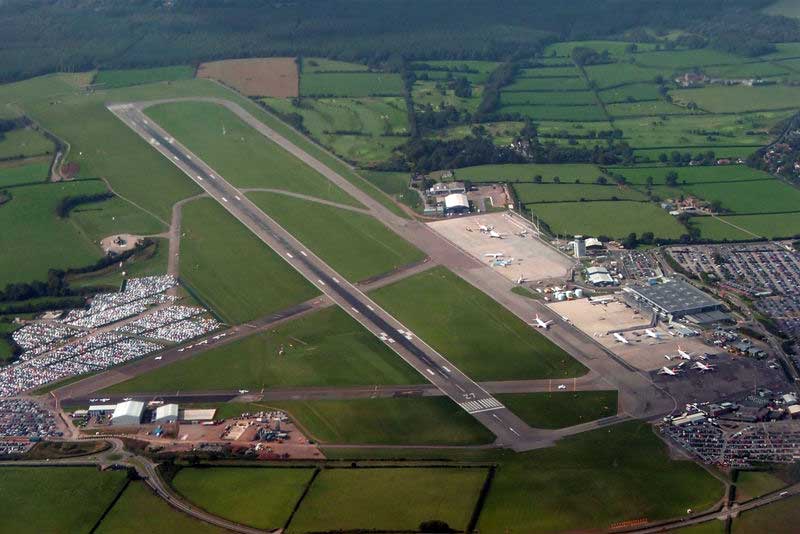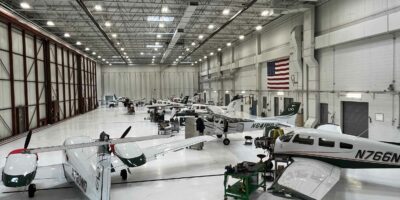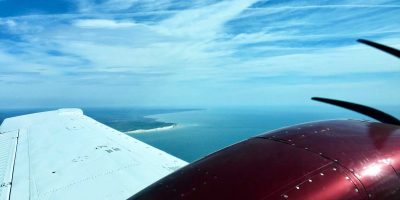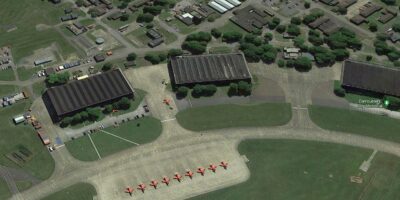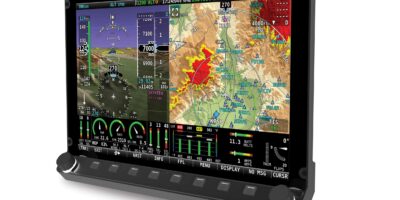Bristol Airport has reduced the times its Lower Airspace Radar Service (LARS) is available. LARS will be provided between the hours of 1000 and 1800 local time, 7 days a week.
“As Bristol Airport gets busier, we need to focus our controllers on maintaining the operational and safety performance of the commercial operation,” said Mark Strickland, NATS Operations Support Co-Ordinator.
“We understand that this may disappoint some members of the General Aviation community, but in setting the new times we have tried to focus on the hours where LARS has the most benefit.”
Bristol has issued some Q&A regarding the service:
Q What services will not be available outside the published hours of LARS provision?
In general, pilots can not expect a service outside of Bristol controlled airspace and that portion of Airway L9 for which Bristol is responsible outside the hours of LARS provision. There are some specific exceptions to this, detailed below.
Q What services will be available outside the published hours of LARS provision?
An Airspace Crossing or CAS entry Clearance. Bristol CAS is active 24 hours a day and the requirement to obtain a CAS entry or crossing clearance has not changed.
A 24hr FIS is provided by London Information. Please see AIP ENR 6-2-0-1 for more information.
Listening Squawk. Please see later for more detail but pilots flying close to the Bristol Control Area are strongly encouraged to use this.
An Alerting Service. This service will be provided by Bristol ATC at all times.
Specific Flights. There may be occasions when due to the nature and/or location of the proposed aerial activity controllers may elect to provide a service on the grounds of flight safety.
Q Which flights should still contact Bristol outside the LARS provision times?
Balloonists operating in accordance with agreed procedures with NATS/Bristol Airport from Ashton Court or any other balloonist around Bristol CAS that may require entry into or beneath CAS. Note: Bath balloonists should only contact us if their flight brings them towards CAS.
Radio equipped gliders that wish to operate in accordance with agreed procedures with NATS/Bristol Airport.
Any flights that wish to enter or cross Bristol CAS.
Any flight experiencing any difficulties and requiring assistance.
Bristol listening squawk
Bristol has a listening Squawk of 5077. “We strongly encourage all pilots to use this squawk and maintain a listening watch on 125.650 MHz whenever they are operating in the vicinity of Bristol CAS,” said Mr Strickland.
“If we need to advise you of any flight safety information or we need to identify you for any other reason we will contact you. If you are Mode S transponder equipped we are able to see your registration or call sign. For all other flights we will make a blind transmission, giving your position in relation to a ground feature and request that you identify yourself.
“Use of the listening squawk does not imply permission to enter Bristol CAS – you must remain outside CAS unless you are in receipt of a clearance.”
Fly On Track factsheet about Bristol


